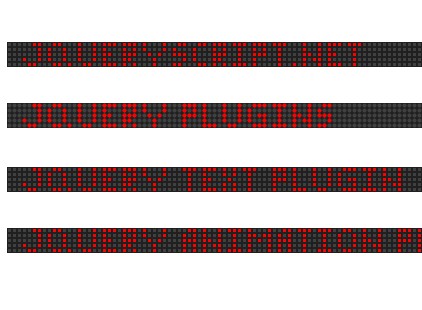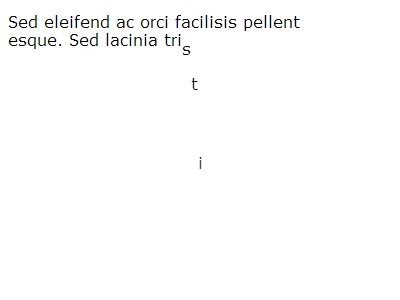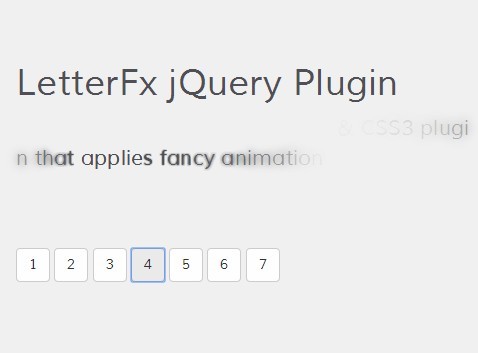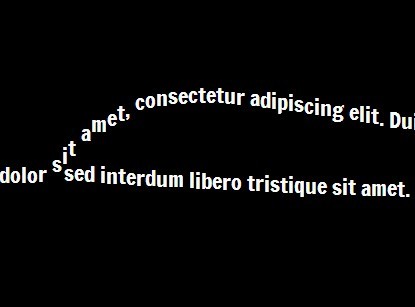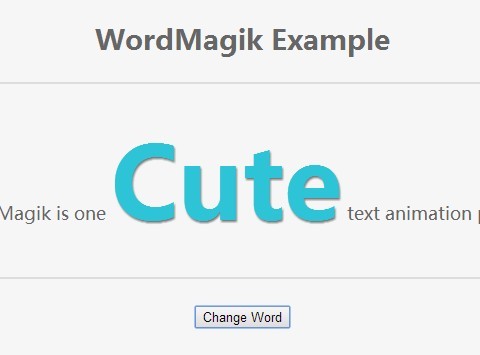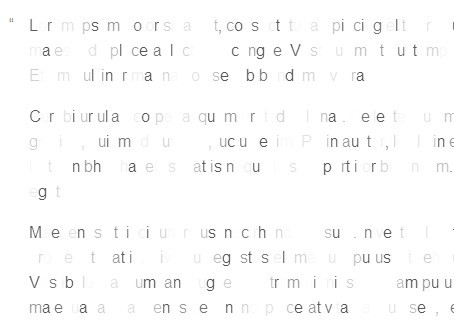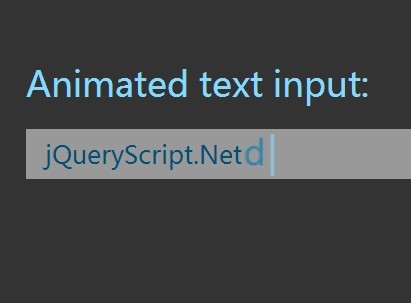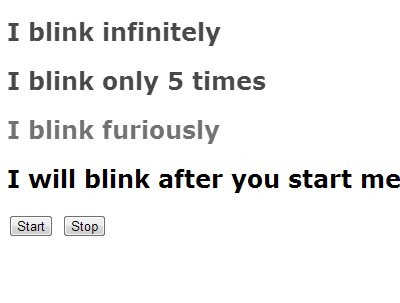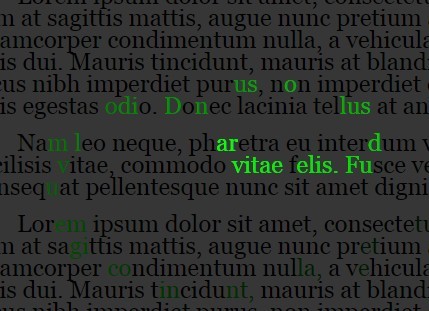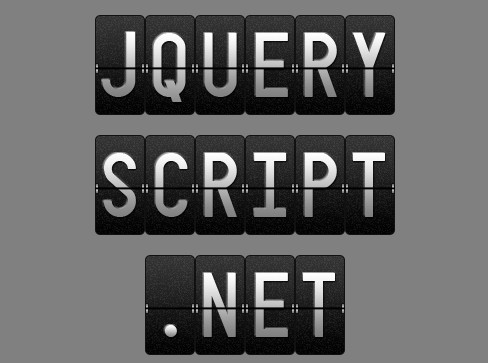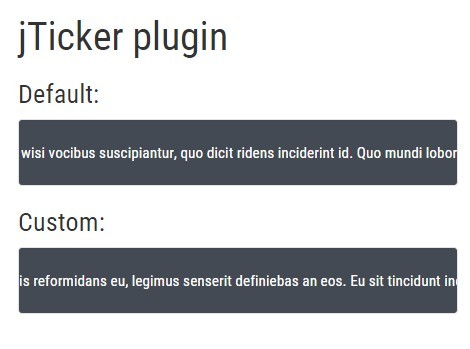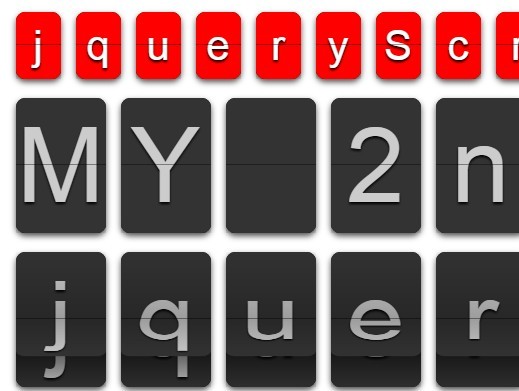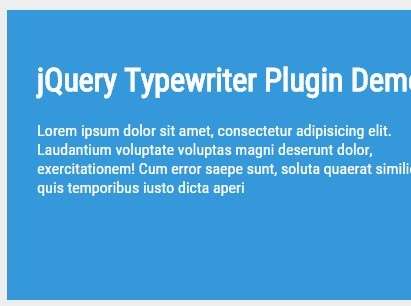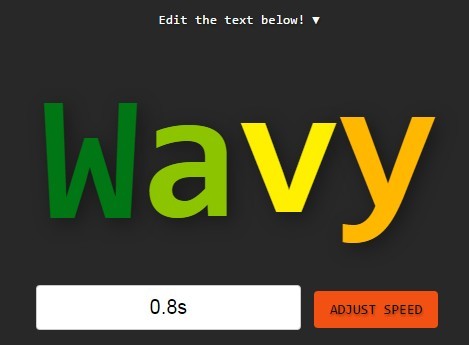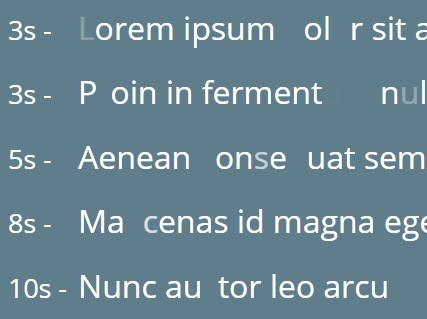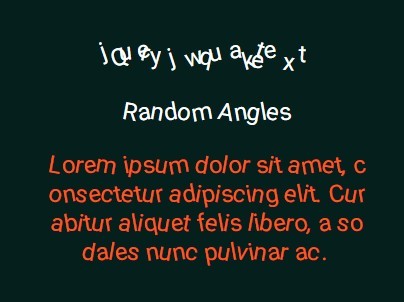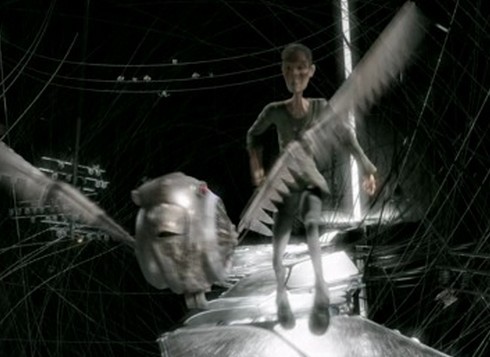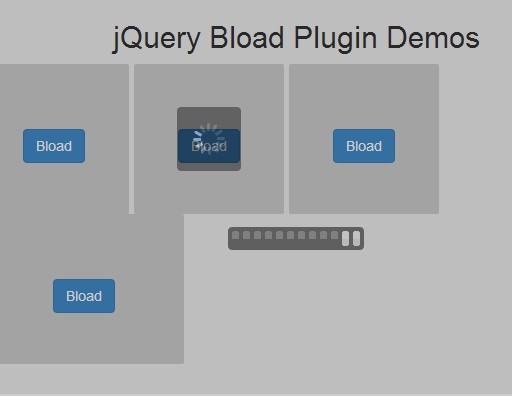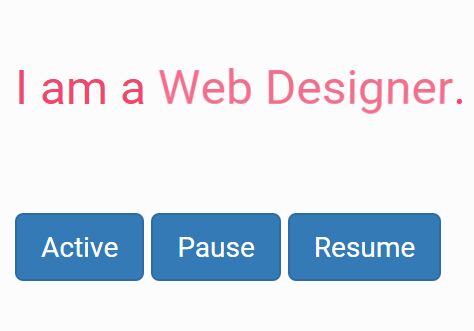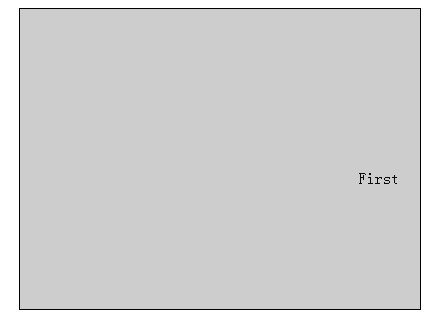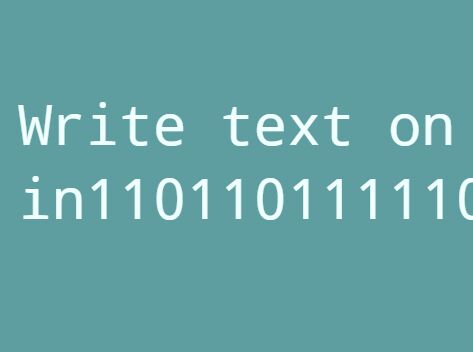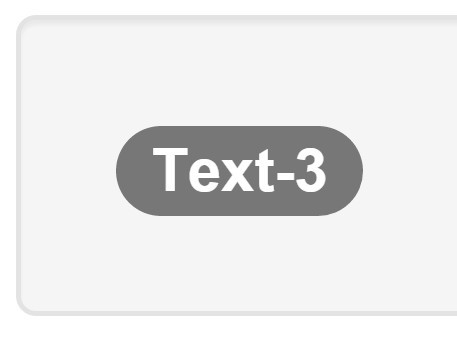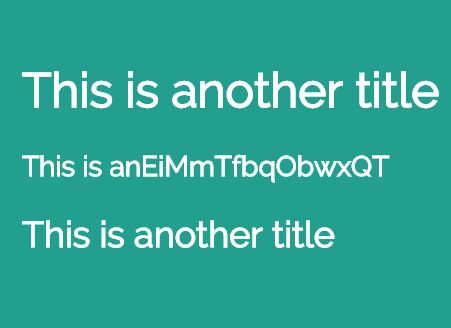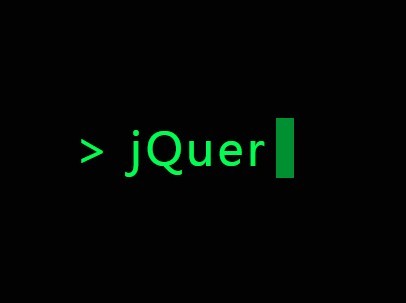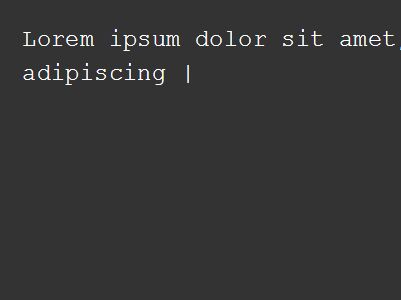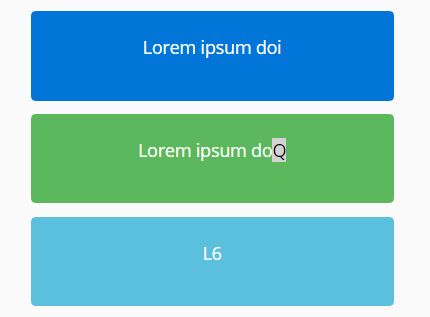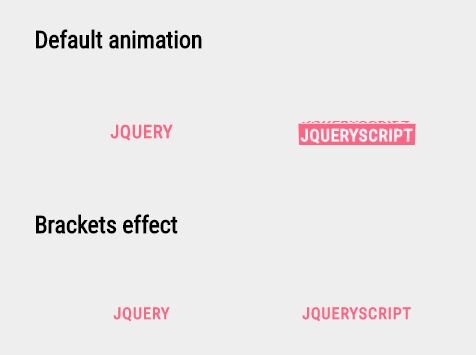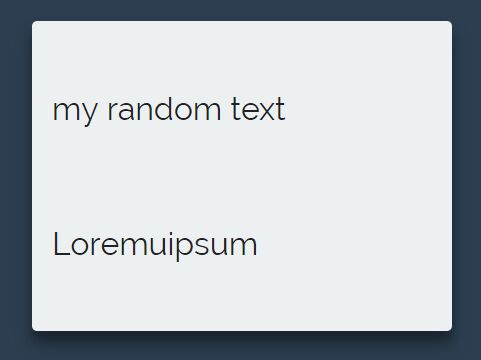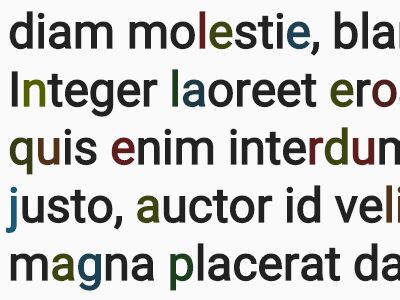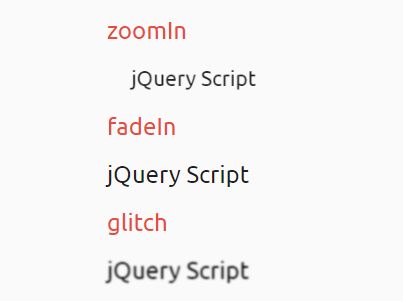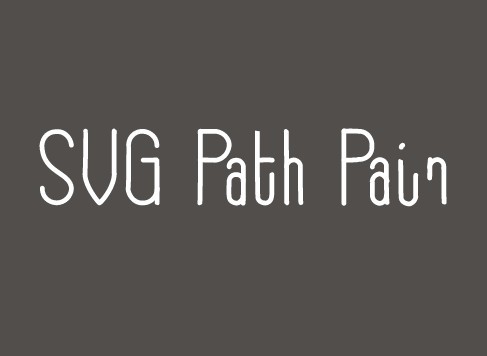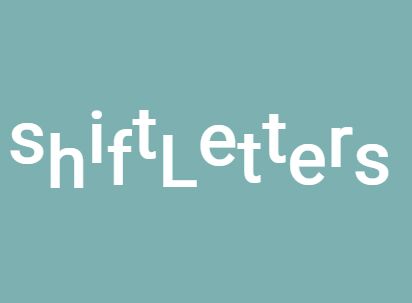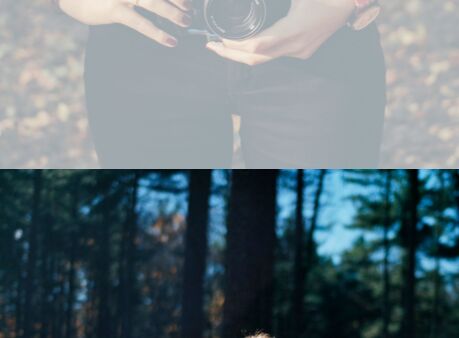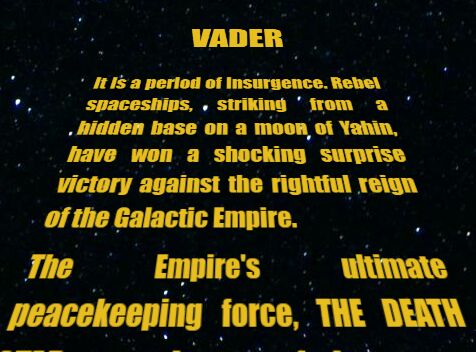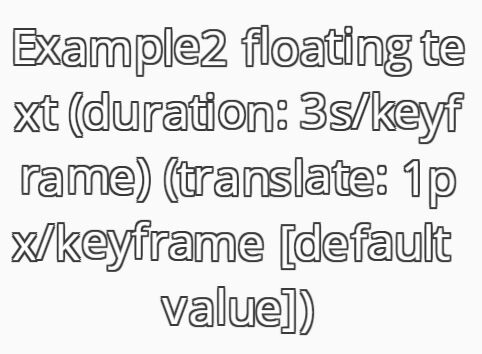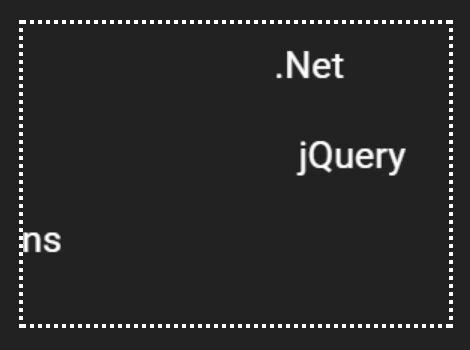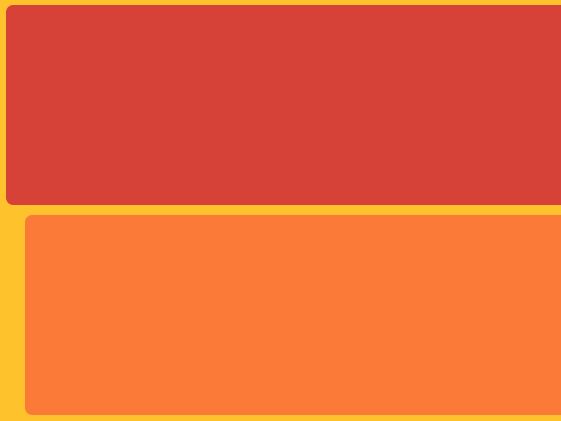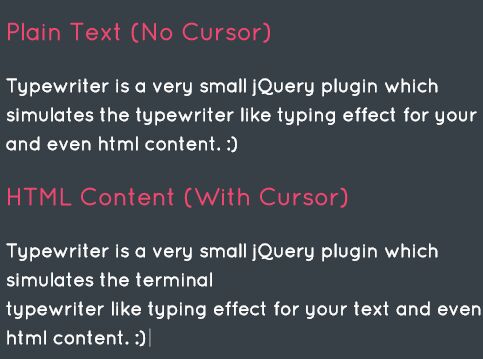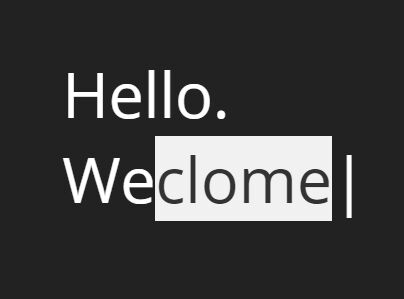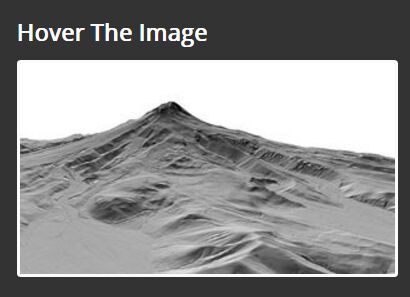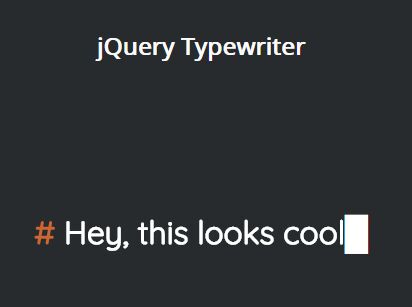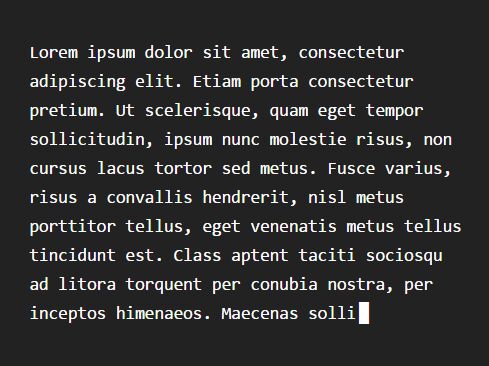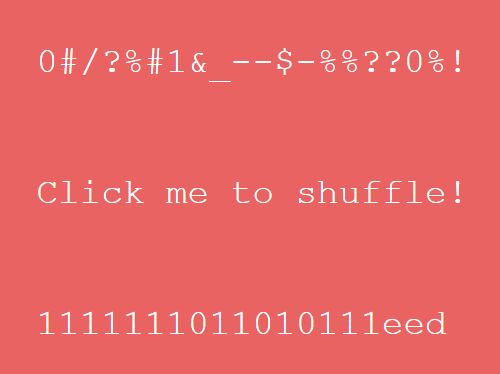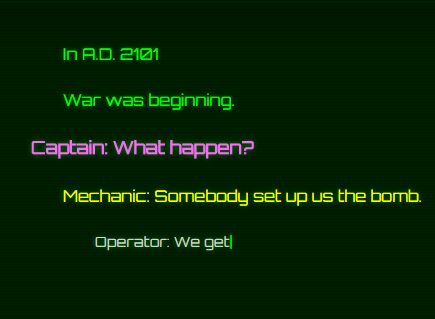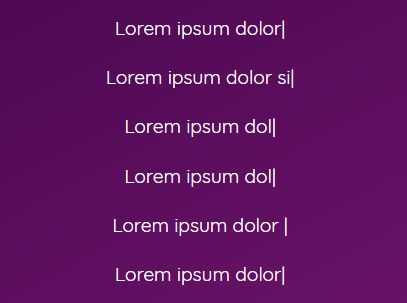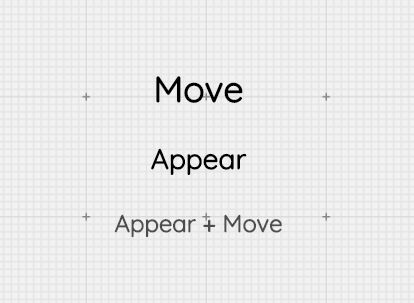Babylon.js
Getting started? Play directly with the Babylon.js API using our playground. It also contains a lot of samples to learn how to use it.
Any questions? Here is our official forum.
CDN
Additional references can be found on https://cdn.babylonjs.com/xxx where xxx is the folder structure you can find in the /dist folder like https://cdn.babylonjs.com/gui/babylon.gui.min.js
For the preview release, use the following URLs:
Additional references can be found on https://preview.babylonjs.com/xxx where xxx is the folder structure you can find in the /dist/preview release folder like https://preview.babylonjs.com/gui/babylon.gui.min.js
npm
BabylonJS and its modules are published on npm with full typing support. To install, use:
npm install babylonjs --save This will allow you to import BabylonJS entirely using:
import * as BABYLON from 'babylonjs';or individual classes using:
import { Scene, Engine } from 'babylonjs';If using TypeScript, don't forget to add 'babylonjs' to 'types' in tsconfig.json:
... "types": [ "babylonjs", "anotherAwesomeDependency" ], ...To add a module, install the respective package. A list of extra packages and their installation instructions can be found on the babylonjs user on npm.
Usage
See Getting Started:
// Get the canvas DOM element var canvas = document.getElementById('renderCanvas'); // Load the 3D engine var engine = new BABYLON.Engine(canvas, true, {preserveDrawingBuffer: true, stencil: true}); // CreateScene function that creates and return the scene var createScene = function(){ // Create a basic BJS Scene object var scene = new BABYLON.Scene(engine); // Create a FreeCamera, and set its position to {x: 0, y: 5, z: -10} var camera = new BABYLON.FreeCamera('camera1', new BABYLON.Vector3(0, 5, -10), scene); // Target the camera to scene origin camera.setTarget(BABYLON.Vector3.Zero()); // Attach the camera to the canvas camera.attachControl(canvas, false); // Create a basic light, aiming 0, 1, 0 - meaning, to the sky var light = new BABYLON.HemisphericLight('light1', new BABYLON.Vector3(0, 1, 0), scene); // Create a built-in "sphere" shape; its constructor takes 6 params: name, segment, diameter, scene, updatable, sideOrientation var sphere = BABYLON.Mesh.CreateSphere('sphere1', 16, 2, scene, false, BABYLON.Mesh.FRONTSIDE); // Move the sphere upward 1/2 of its height sphere.position.y = 1; // Create a built-in "ground" shape; its constructor takes 6 params : name, width, height, subdivision, scene, updatable var ground = BABYLON.Mesh.CreateGround('ground1', 6, 6, 2, scene, false); // Return the created scene return scene; } // call the createScene function var scene = createScene(); // run the render loop engine.runRenderLoop(function(){ scene.render(); }); // the canvas/window resize event handler window.addEventListener('resize', function(){ engine.resize(); });Preview release
Preview version of 4.1 can be found here. If you want to contribute, please read our contribution guidelines first.
Documentation
Contributing
Please see the Contributing Guidelines
Useful links
- Official web site: www.babylonjs.com
- Online playground to learn by experimentating
- Online sandbox where you can test your .babylon and glTF scenes with a simple drag'n'drop
- Online shader creation tool where you can learn how to create GLSL shaders
- 3DS Max exporter can be used to generate a .babylon file from 3DS Max
- Maya exporter can be used to generate a .babylon file from 3DS Max
- Blender exporter can be used to generate a .babylon file from Blender 3d
- Unity 5 (deprecated) exporter can be used to export your geometries from Unity 5 scene editor(animations are supported)
- glTF Tools by KhronosGroup
Features
To get a complete list of supported features, please visit our website.
Build
Babylon.js is automatically built using Gulp. Further instructions can be found in the documentation or in the readme at /Tools/Gulp.



